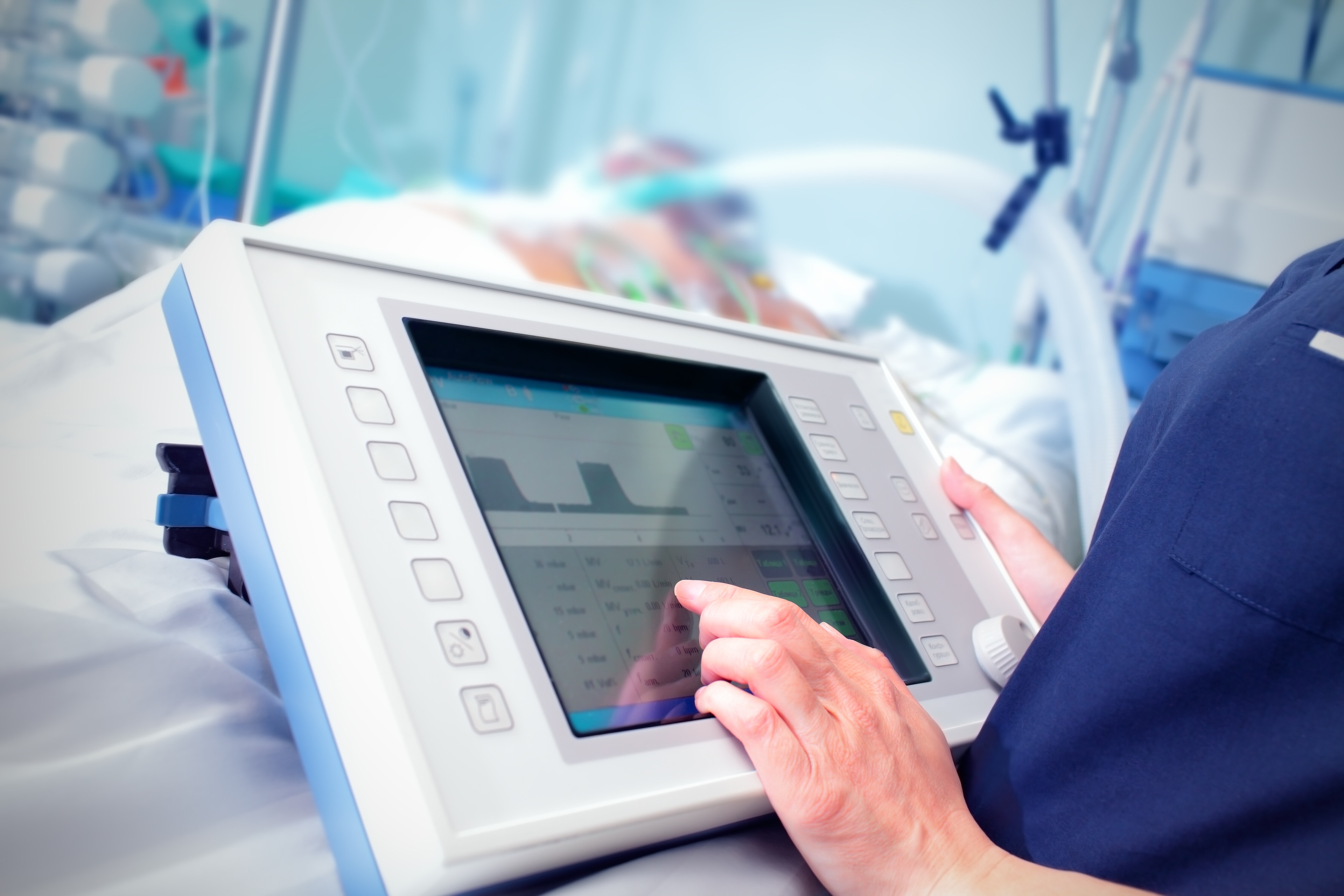This $1 innovation could help prevent deaths during childbirth

Can inexpensive technologies provide a helping hand during birth?
Image: Unsplash/Daiga Ellaby
Stay up to date:
Women's Health
- Researchers have developed an inexpensive sensing glove that can be used during birth to help identify problems.
- It provides real-time data via an app on how a birth is progressing and could help improve birth outcomes in low-resource regions, a study shows.
- 98% of stillbirths occur in low and middle-income countries, reflecting the cost of this problem.
- Each glove costs less than $1 to produce and if human trials are successful it could help increase the safety of births world-wide, the researchers say.
Low-resource regions often lack the medical technology to assess when things are going wrong during birth. A new study has revealed an inexpensive sensing glove that can transmit data on fetal position and force applied to the fetal head. The technology could be invaluable in identifying obstructed birth in low-resource regions, providing real-time data on a smartphone app.
Can inexpensive technologies provide a helping hand during birth? A new study in open-access journal Frontiers in Global Women’s Health has revealed a low-cost sensing glove that could do just that. The researchers created the device to assist healthcare staff in identifying fetal position and the force applied to the fetal head during labor, factors that can contribute to obstructed labor and poor birth outcomes. The technology can provide real-time data during vaginal examinations, potentially improving birth outcomes in low-resource regions.
Birth outcomes in low-resource regions
When labor is not going as it should, clinicians can use a wide array of medical technologies to determine what is wrong. However, in low- and middle-income countries, these technologies and skilled staff who can use them are not always available. The researchers behind this latest study reported that 98% of stillbirths occur in such countries, reflecting the cost of this problem.
Obstructed labor, where the position or size of the fetus blocks its passage through the birth canal, is a major factor underlying this issue. Doctors can remedy this situation using various techniques, but they first need to identify the problem, preferably as early as possible. The motivation behind this study was to create a low-cost solution for doctors in low-resource regions.
A sensing glove for vaginal exams
The researchers began with a simple surgical glove as the basis for this technology. They printed flexible pressure and force sensors onto the glove’s fingertips. These sensors consist of metal-oxide nanocomposites that can generate an electric current when touching or rubbing against objects. Cleverly, the researchers ensured that the sensors were thin enough that they would not interfere with a doctor’s sense of touch. A second surgical glove can be worn over the team’s glove, to keep things sterile in the vaginal cavity. The researchers also developed a smartphone app, which allows clinicians to view the sensor data in real time. Each sensing glove costs less than $1 to produce.
Testing the system
To test the system, the researchers created models of a baby’s head from silicone elastomer, which replicated the delicate surface structures of the real thing. An experienced obstetrician performed mock vaginal examinations using the sensing glove and silicone heads, to test whether the system could identify features that would indicate the fetal position and measure the force applied to the head.
The sensing glove successfully indicated the joints between the ‘bones’ of the model heads with a jump in electrical current as the glove’s finger passed over them. This would allow a clinician to determine where these joints are, and therefore calculate the orientation of the fetus. The glove also successfully sensed the force applied to the heads, providing real-time data on the smartphone app.
Translating the technology
The researchers plan to conduct trials in humans to determine whether the glove can provide the same information in real-world conditions. If successful, the technology could provide a simple and inexpensive early-warning system for obstructed birth in low-resource regions of the world. It may also act as a valuable training tool for clinicians in such regions.
“This is the first glove of its kind that could be used to identify fetal position and therefore may be able to improve labor outcomes,” said Dr. Shireen Jaufuraully of University College London, lead author on the study. “We hope that with successful clinical translation, the glove may be used worldwide, increasing the safety of assisted vaginal birth.”
What is the World Economic Forum doing to improve healthcare systems?
Accept our marketing cookies to access this content.
These cookies are currently disabled in your browser.
Don't miss any update on this topic
Create a free account and access your personalized content collection with our latest publications and analyses.
License and Republishing
World Economic Forum articles may be republished in accordance with the Creative Commons Attribution-NonCommercial-NoDerivatives 4.0 International Public License, and in accordance with our Terms of Use.
The views expressed in this article are those of the author alone and not the World Economic Forum.
Forum Stories newsletter
Bringing you weekly curated insights and analysis on the global issues that matter.
More on Health and Healthcare SystemsSee all
Shiloh Paswani and Mansoor Aamir
August 14, 2025
James Balzer
August 14, 2025
Madeleine North
August 13, 2025
Charlotte Edmond
August 11, 2025
Adriana Banozic-Tang and Heng Wang
August 5, 2025
Tom Crowfoot
July 30, 2025





